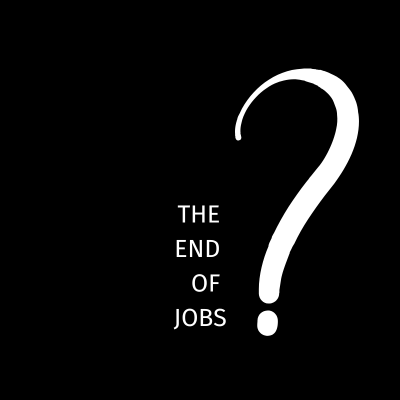Since the dawn of the industrial age, the job has been the defining structure for organizing and managing every aspect of work. That approach made sense when business changes occurred slowly, and workers were just pieces in the industrial machine. The solution? A skills-based approach to managing work and workers, delivering business agility and worker autonomy by enabling work to be performed beyond formal job boundaries.
The concept of the job—a predefined set of functional responsibilities assigned to a particular worker—is so ingrained in how organizations operate that it’s hard to imagine any other way of managing work and workers. Yet many recognize this traditional construct is failing to serve our boundaryless world. Our skills-based organization survey revealed that only 19% of business executives and 23% of workers say work is best structured through jobs. As a result, a growing number of organizations are beginning to imagine work outside of the job—turning workforce management on its head by increasingly basing work and workforce decisions on skills—not formal job definitions, titles, or degrees.
This shift is being driven by several related factors:
Performance pressure. Thirty percent of our skills-based organization survey1 respondents report their organizations are ineffective at matching the right talent to work. A skills-based approach boosts productivity, efficiency, and effectiveness by better aligning workers with work that fits their skills and capabilities, including technical skills, soft or human skills, and potential future skills in adjacent areas. Organizations that do this effectively can unleash worker potential to drive greater value and are 52% more likely to be innovative.2
Need for agility. Sixty-three percent of business executives report workers are focused on team and project work that falls outside their current job descriptions. Further, 81% of executives say work is increasingly performed across functional boundaries. A skills-based approach improves organizational agility by enabling workers to be quickly deployed—or redeployed—based solely on their skills and the work that needs to be done, irrespective of their job title or functional area. Organizations with a skills-based approach are 57% more likely to be agile.3
Talent shortages. Focusing on skills helps alleviate talent shortages by providing a more expansive view of the work people are able to do, instead of artificially limiting the talent pool to people with specific backgrounds and job histories. This also allows organizations to mitigate talent shortages by plugging gaps with internal resources instead of hiring from outside. Organizations with a skills-based approach are 107% more likely to place talent effectively and 98% more likely to retain high performers and have a reputation as a great place to grow and develop.4
Increased focus on equitable outcomes. A skills-based approach also helps promote diversity and equity in the workplace. In the skills-based organization survey, 75% of executives say hiring, promoting, and deploying people based on skills (versus tenure, job history, or network) can help democratize and improve access to opportunities. Merck and IBM, for example, are part of a coalition called OneTen that is committed to hiring, upskilling, reskilling, and promoting one million Black people without four-year degrees by shifting to a skills-first approach.5
The readiness gap
In the Deloitte 2023 Global Human Capital Trends survey, 93% of our respondents said moving away from a focus on jobs is important or very important to their organization’s success. Yet only 20% believe their organization is very ready to tackle the challenge, representing the largest readiness gap of all trends surveyed (figure 1).
What’s holding organizations back? According to the skills-based organization survey, the top challenge/obstacle is legacy mindsets and practices, cited by 46% of business and HR executives as one of the top three obstacles to transforming into a skills-based organization. Technology is not the issue; only 18% cite lack of effective skills-related technology as a top three obstacle, the lowest of the 10 obstacles listed.6
Continue reading full article here.
Or if you are ready to learn how Jobspeaker can help you move to a Skill-Based Hiring Approach, schedule a demo today.


